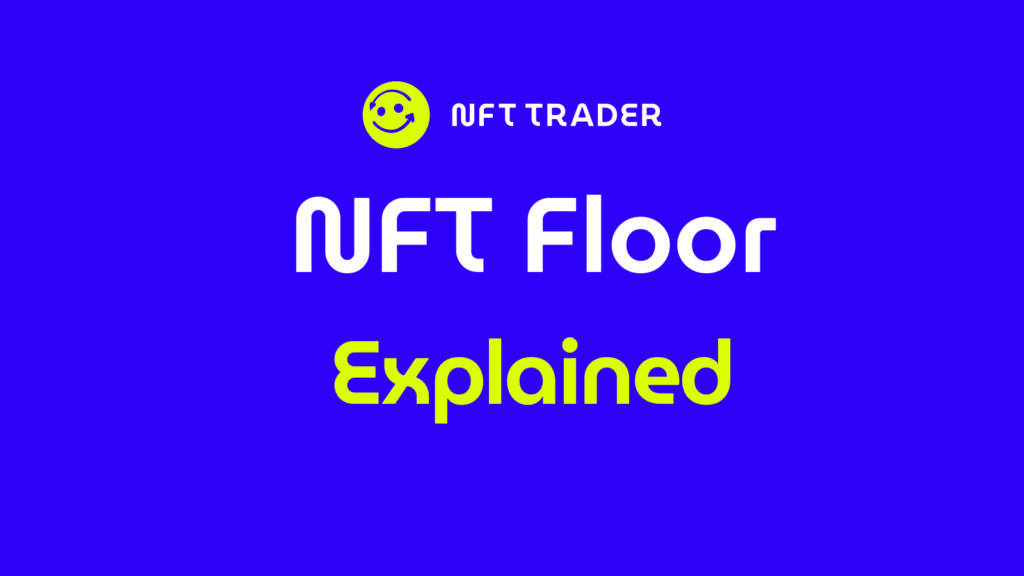Understanding Floor Prices in the NFT Market: A Comprehensive Guide

If you’ve purchased at least one NFT and joined a Discord community related to that particular artwork or collectible, you’ve likely noticed that members often start discussing the collection’s floor.
Now, what exactly is the floor? It refers to the NFT within a collection that is currently listed for sale at the lowest price. However, there’s more to it than meets the eye. Let’s delve into it together!
Summary:
- What is the Floor Price of NFTs?
- Determining Floor Values
- Impact of Floor Prices
- Is the NFT Floor a Truly Relevant Metric?
What is the Floor Price of NFTs?
As mentioned, the floor represents a value, typically denominated in ETH or $. It refers to the NFT within a collection or by an artist that has the lowest listed value. There are two distinct types of floors:
- General Floor: This is the NFT listed for sale at the lowest price.
- Trait-specific Floor: This denotes the base cost to acquire an NFT with specific characteristics, for example, ‘Golden Fur’.
Typically, floor values evolve over time. At launch, the general floor holds the utmost significance, and as time progresses, trait-specific floors also emerge.
Determining Floor Values
Market analysis
The floor value is solely determined by the appeal of the NFT. Such information isn’t initially available at the collection’s launch but develops over time.
Often, the floor is influenced by the community’s size and the supply of the NFT related to a collection.
Factors influencing floor prices
Notably, some trait-specific floors are determined not by rarity, but by aesthetics or specific attributes. Sometimes some traits are just iconic, like 3D-Glasses that are one of the favourite traits from NFT Collectors.
Impact of Floor Prices
Market valuation
The floor price holds significant importance for an NFT project, as it signifies its vitality and is a metric closely considered by many. Some individuals prefer to engage with or invest in an NFT collection with higher prices, viewing it as already established within the sector. Sometimes people think about the floor at the overall value of the project. For example if the collection is made of 10k NFT and the floor is 1$, the value of the project is, minimum, 10k$
Buyer and Seller Behavior
The floor certainly impacts how an external observer, particularly a buyer, perceives the project. For a buyer, it represents the minimum threshold to join a community of collectors. Conversely, for a seller, the floor price indicates the most likely price at which their owned NFT may be sold.
Is the NFT Floor a Truly Relevant Metric?
The floor is a relevant metric for joining a community of collectors. However, the ultimate decision always lies with the user looking to make a purchase. At times, NFTs listed near the floor may not accurately reflect their true value, especially when considering trait-specific floors. Said so, floor prices are also easy to manipulate if the supply is small. If an user have a lot of liquidity is able to raise the floor alone, or, if is a large NFT owner, is able to crash it.


